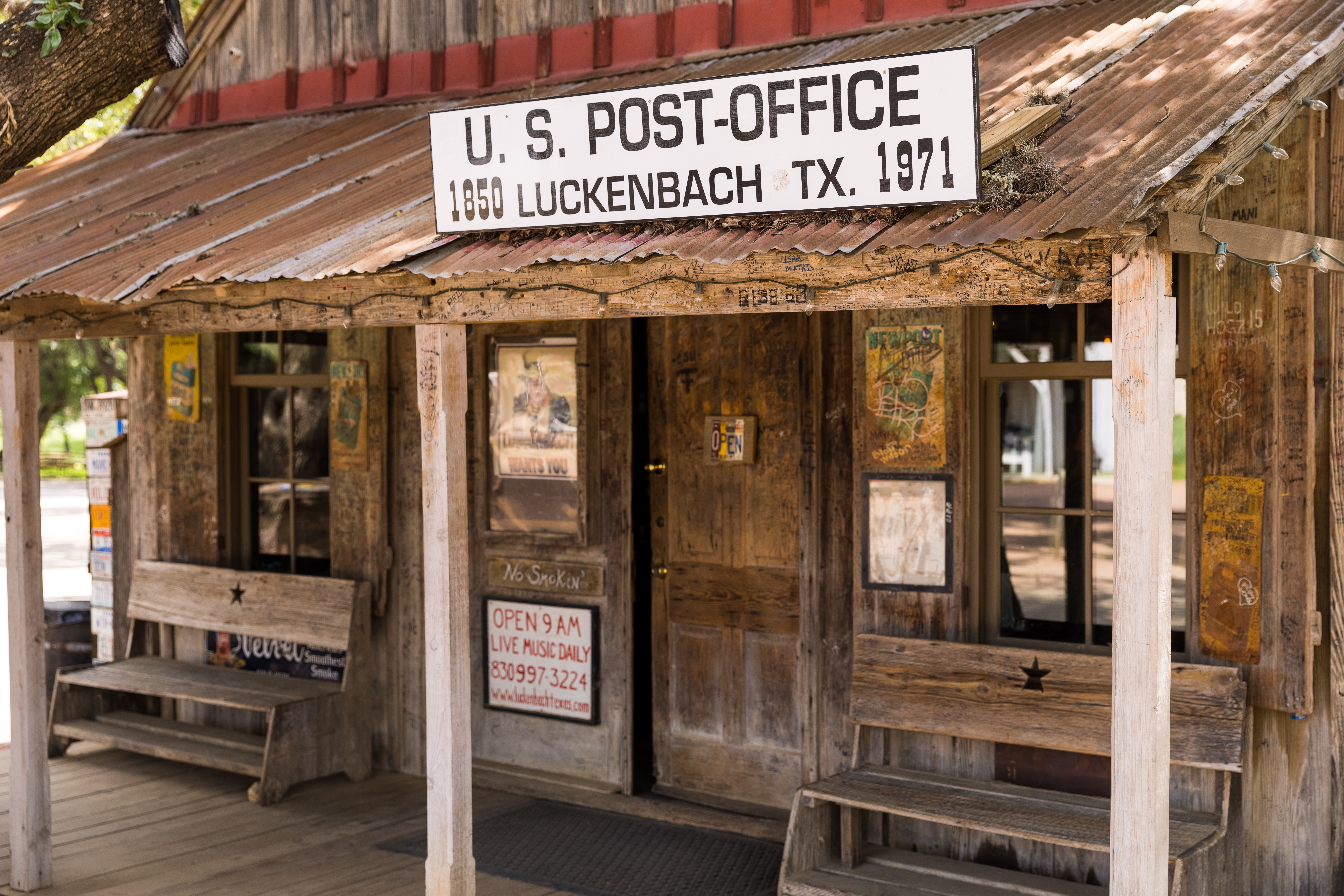Despite the spread of the new BA.2 Omicron COVID variant, the economy in the United States continues to recover. Economic gains during the pandemic have largely surpassed expectations while American households have upheld a remarkable amount of activity and spending in the first quarter of 2022.
By many measures, the economy is trending up – unemployment is down, wages are up, and the economy is expanding rapidly.
For millions of other Americans, however, the economy hasn’t bounced back. Interviewed by CBS News, Gabe Anel, formerly a sound engineer for a corporate events company, lost his job at the start of the pandemic and has yet to return. “You’d think the last time you guys would be here, I’d be great,” said Anel, referring to a prior interview. “But it’s probably the worst that I’ve ever been. It’s just a long time and people are tired. And I don’t think people or the government or anybody is really all that worried about how people are getting along anymore.”
Consumers like Gabe are still looking for solutions and resources that can help manage their financial instability, and one transformative possibility is currently being considered.
U.S. Postal Service banking goes back a while
QCash’s mission is and always will be a steadfast partner and believer in the power of the credit union movement; a financially inclusive banking institution that, at its core, celebrates “people helping people” achieve their financial health and wellness goals. That said, considering Bankrate’s finding that 39 percent of American consumers cannot afford a $1,000 emergency, we need as many sound, fundamental financial services outlets as possible. If a rejuvenated U.S. Postal Service banking system can help Americans of all population centers find the path back to financial inclusion, health, and wellness, QCash embraces them and their efforts.
A healthy number of countries provide some form of banking services through their postal system. The United States, in fact, employed postal banking for more than 50 years during the 20th century. Postal Service banking actually played a critical role during the Great Depression, when people feared losing their money to insolvent banks. In fact, the United States Postal Service basically supported central banking functions during the beginning days of the Federal Reserve.
When President Lyndon Johnson endeavored to “streamline” the federal government, banking within the Postal Service was abolished. To the misfortune of millions of low-income and rural populations, by the mid- to late 1960s banks had already begun to exit poor and rural areas of the country. Those departures left a dangerous void ripe for predatory payday lenders to infect whatever the financial stability those communities had left.
But after 55 years, lawmakers in Washington, D.C. believe in trying to make Postal Service banking a reality once again.

Signed, sealed, and delivered: lawmakers pass the Postal Service Reform Act
In early March, the Senate approved a $107 billion financial overhaul of the long-beleaguered U.S. Postal Service, providing much financial relief for an agency that proponents say will allow it to modernize and improve in efficient service. While President Biden is fully expected to sign the Postal Service Reform Act into law soon, the bill provides a healthy measure of financial flexibility for the postal agency to follow through on improvements that have been needed for years.
As presently selected, the new Postal Service’s financial features will start rather limited. For a flat fee of $5.95, customers in Washington, D.C., Falls Church, Virginia, and the Bronx, New York, will be able to cash payroll or business checks up to $500 on to a debit card. If those initial services prove successful, the Postal Service says customers may eventually pay bills, deposit or withdraw cash, and send money to other post office locations. Again, the idea is centered around catering to the millions of American consumers who struggle to manage their financial lives without access, or limited access, to a healthy, regulated financial institution.
“It’s a huge problem for the unbanked and underbanked who often get caught in the payday lending or the check-cashing predatory practice,” says American Postal Workers Union President Mark Dimondstein. “Low-income people, whether they are actively working or retired, spend up to 10 percent of their income on these fees and services. Here you have a trusted public institution that already provides basic financial services such as money orders.”
Rural areas remain in need of Postal Service banking
According to the American Association of Retired Persons (AARP), among the unbanked households in America, 3.1 million were headed by individuals aged 50-plus. Out of those, 13 percent are African American or Hispanic-Latinx households. When adding those who use check cashers or payday lending outlets, there are about 14.2 million households 50 or older who don’t access mainstream financial services. Even for those who do have banking accounts, accessing their branches, particularly in rural areas and neighborhoods, has become harder to accomplish. In 2021 alone, over 4,000 bank branches shuttered, a record for closings in one year.
Rural areas need and deserve Postal Service banking
For small towns and communities that, say, only have one streetlight, restaurant, or post office, traveling long distances to perform daily banking services simply isn’t realistic. Accessing your local post office, however, certainly represents a consistent and dependable answer to the financial inclusion challenge for small-town residents. Of the more than 31,000 post offices, over 17,000 are in neighborhoods with one or no bank branches. It’s those difficult-to-reach households the Postal Service is endeavoring to reach.
Some services on the docket the Postal Service has the option to offer without a change in law include:
- ATMs in postal lobbies
- Bill payment
- Electronic money transfers
- Paycheck cashing
A couple of the product and service features include small dollar loans and savings accounts. But to offer either of those requires an act of Congress, and among Republicans in Washington, that remains a prominent sticking point. Dimondstein sees it differently: “[Small dollar loans and savings accounts] bring needed revenue to the post office, but it wouldn’t bring the revenue on a predatory basis. It’s bringing revenue with fair prices that doesn’t fleece the people of the country.”
Seeing as the unconscionable grift in the payday lending industry exploded during COVID to rates as high as 589 percent, according to Bloomberg, America’s consumers need as many affordable, regulated, and accessible short-term credit resources as possible. And QCash is here for it.
If you are interested in following QCash and its mission to improve credit union members’ financial health through life event loans, please like and follow QCash Financial on Twitter and LinkedIn!






